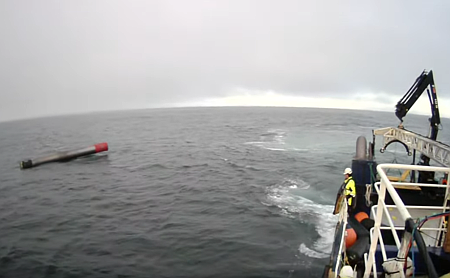Rocket Lab launches five smallsats for French commercial constellation
Rocket Lab today successfully launched the first five smallsats of a 25-satellite “Internet-of-Things” commercial constellation of the French company Kinéis.
This was Rocket Lab’s 50th launch, putting this company among a very small club of private companies, which includes SpaceX and ULA. Governments and government-owned entities (such as Arianespace) have done more, but that is going to change in the coming years as private enterprise takes over.
The leaders in the 2024 launch race:
63 SpaceX (with another launch scheduled for later today)
27 China
8 Russia
8 Rocket Lab
American private enterprise now leads the world combined in successful launches, 74 to 41, while SpaceX by itself still leads the entire world, including other American companies, 63 to 52.
Rocket Lab today successfully launched the first five smallsats of a 25-satellite “Internet-of-Things” commercial constellation of the French company Kinéis.
This was Rocket Lab’s 50th launch, putting this company among a very small club of private companies, which includes SpaceX and ULA. Governments and government-owned entities (such as Arianespace) have done more, but that is going to change in the coming years as private enterprise takes over.
The leaders in the 2024 launch race:
63 SpaceX (with another launch scheduled for later today)
27 China
8 Russia
8 Rocket Lab
American private enterprise now leads the world combined in successful launches, 74 to 41, while SpaceX by itself still leads the entire world, including other American companies, 63 to 52.

